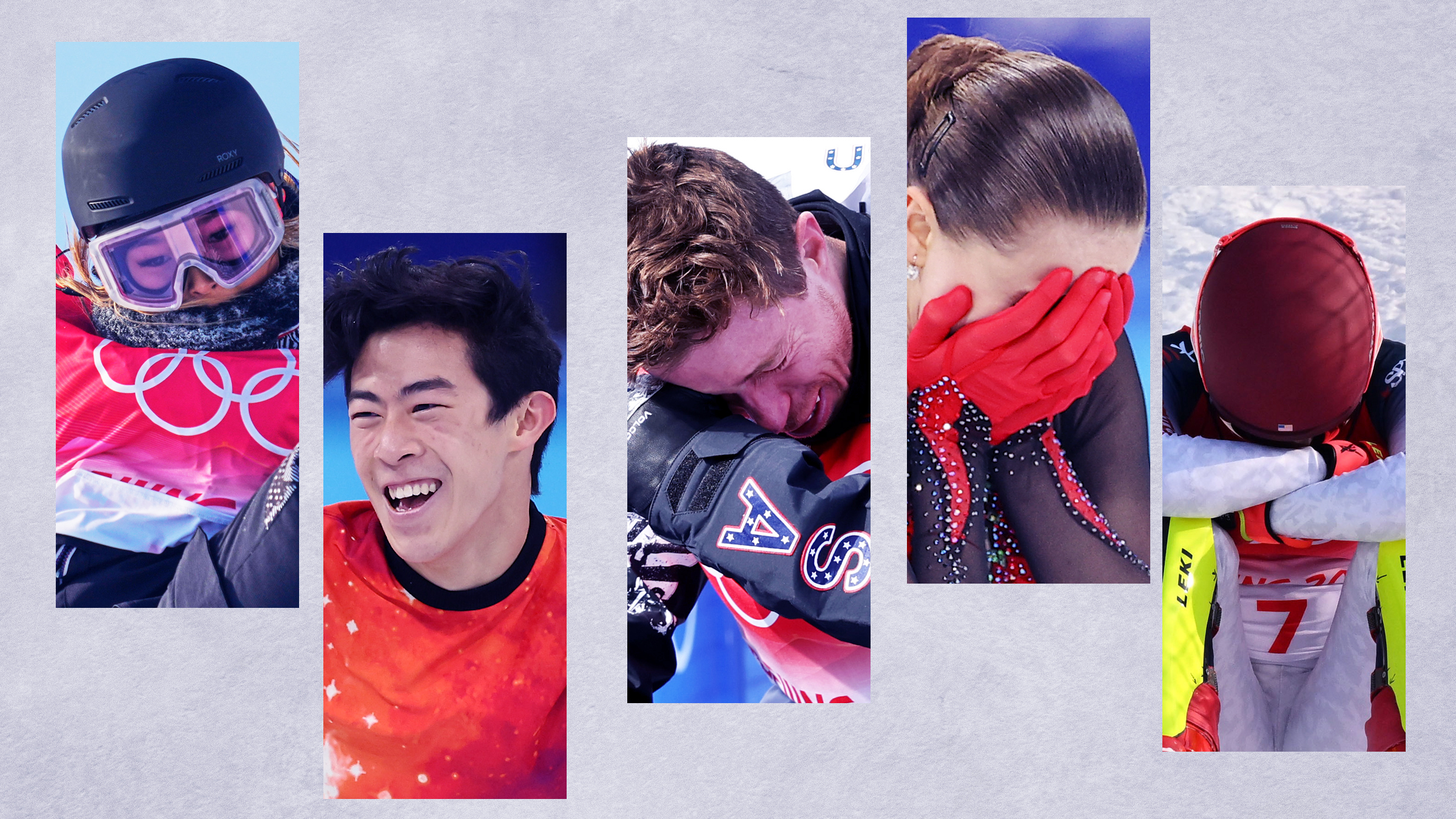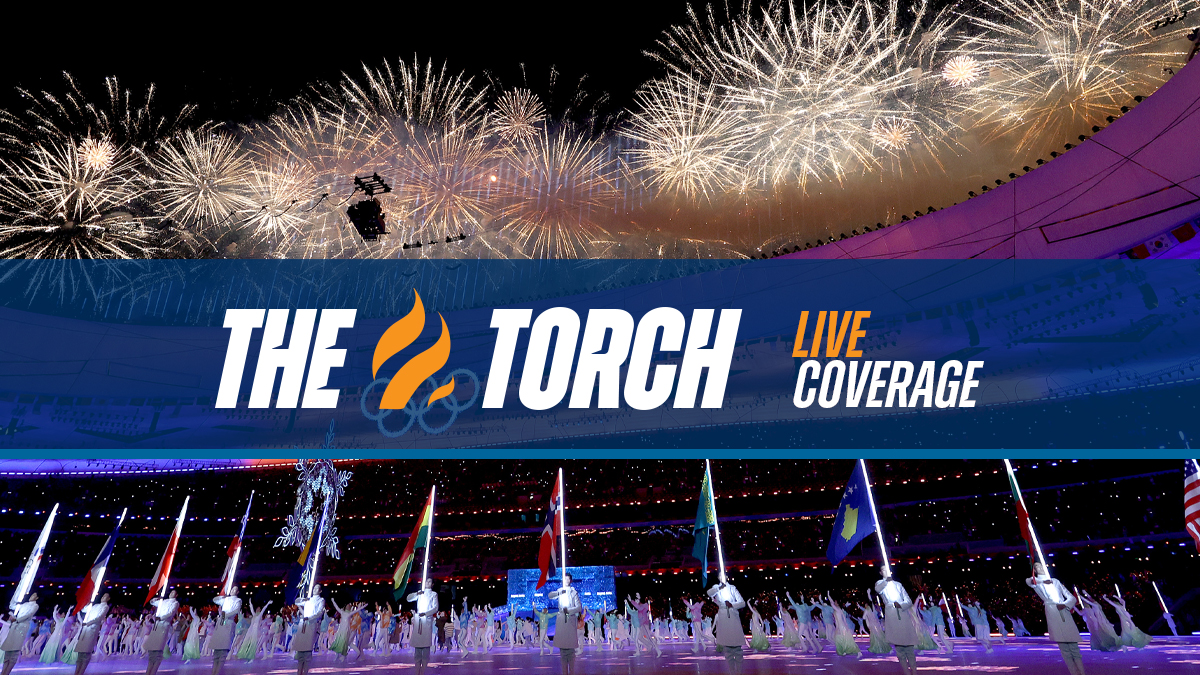Every time the Olympics roll around, the world is treated to a series of sports that most people know nothing about.
Sure, there are the mainstays – basketball or swimming in the summer, hockey or skiing in the winter – but a handful of sports are only on display once every four years.
Luge certainly qualifies as one of the lesser known Olympic sports, even though it’s been held every four years since 1964.
Here’s everything you need to know about luge tracks, including the dimensions, cost and more:
What is luge?
Luge is a sport where either one or two athletes ride a flat sled, laying feet first on their back. The track is designed to go downhill slightly so gravity can pull the athlete and sled down the track. While athletes don’t compete on the track together at the same time, they are timed on their way down and whoever has the fastest overall time is awarded as the winner.
In the Olympics, there are four luge events: men’s singles, women’s singles, doubles and team relay. The doubles event is open for men and women, but only men have competed in it since it was first held in 1964. The team relay, which began in 2014, includes a run of men’s singles, women’s singles and men’s doubles, with all three times combined and the quickest time winning the gold.
Beijing 2022 Winter Olympics
Watch all the action from the Beijing Olympics live on NBC
What are the luge track dimensions?
The luge competitions at the 2022 Winter Olympics will be held at the Yanqing National Sliding Centre, located northwest of Beijing in the Xiaohaituo mountain area. The track, which was built over the past several years just for these Olympics, will host all races for luge, bobsleigh and skeleton.
Get a weekly recap of the latest San Francisco Bay Area housing news. Sign up for NBC Bay Area’s Housing Deconstructed newsletter.
The track is 1,615 meters in length, with 16 curves and plenty of different angles and slopes. There is also a tricky 360-degree turn that athletes will have to navigate. Not all luge tracks are the same, so this will be a unique challenge for athletes. Tracks around the world vary in lengths, curves and widths.
How fast do Olympic lugers go?
Olympic lugers can ride as fast as 145 kilometers per hour (90 miles per hour).
What is the fastest Winter Olympic sport?
Luge is the fastest Winter Olympic sport with athletes at average speeders greater than their counterparts in bobsleigh and skeleton.
How expensive is luge?
Like any sport, luge can get expensive when you add up all the costs.
Athletes must have elbow and knee pads ($20 to $30), speed suits ($150 to $350), gloves ($25 to $65), spikes ($30 to $50), booties ($100 to $160) and a sled ($800 and $1,000 for a new one). So, it’ll cost you a pretty penny if you’re looking to break into the luge game.
As for the construction of the tracks, those cost even more. The PyeongChang Olympic Sliding Centre, which hosted the 2018 Olympics, cost an estimated $114.5 million to construct.
How many luge tracks are in the United States?
There are only 16 artificial luge tracks in the world – with two in the United States. The Mt. Van Hoevenberg Olympic Bobsled Run, located in Lake Placid, N.Y., was built in 1930 and it hosted events at the 1932 and 1980 Winter Olympics. The Utah Olympic Park Track, located in Park City, Utah, was constructed in 1997 for the 2002 Winter Olympics.
There are also two natural luge tracks located in the U.S., both in Michigan. The Muskegon track is just 259 meters long with only six curves. The Negaunee track is 812.8 meters with 29 curves, making it the only full-length natural luge course in the country.




